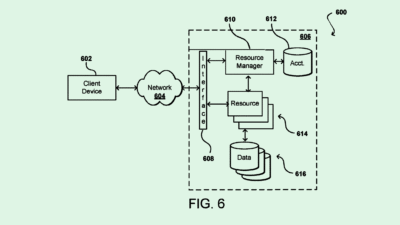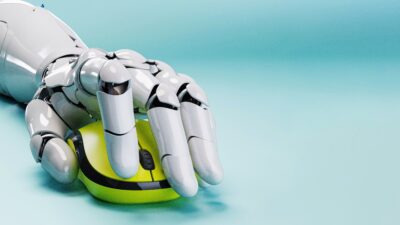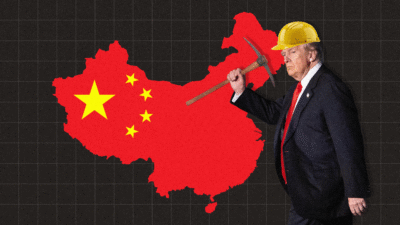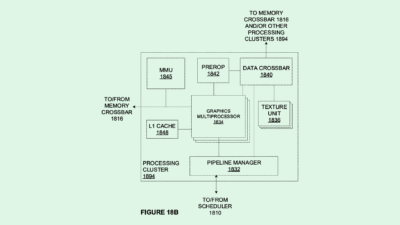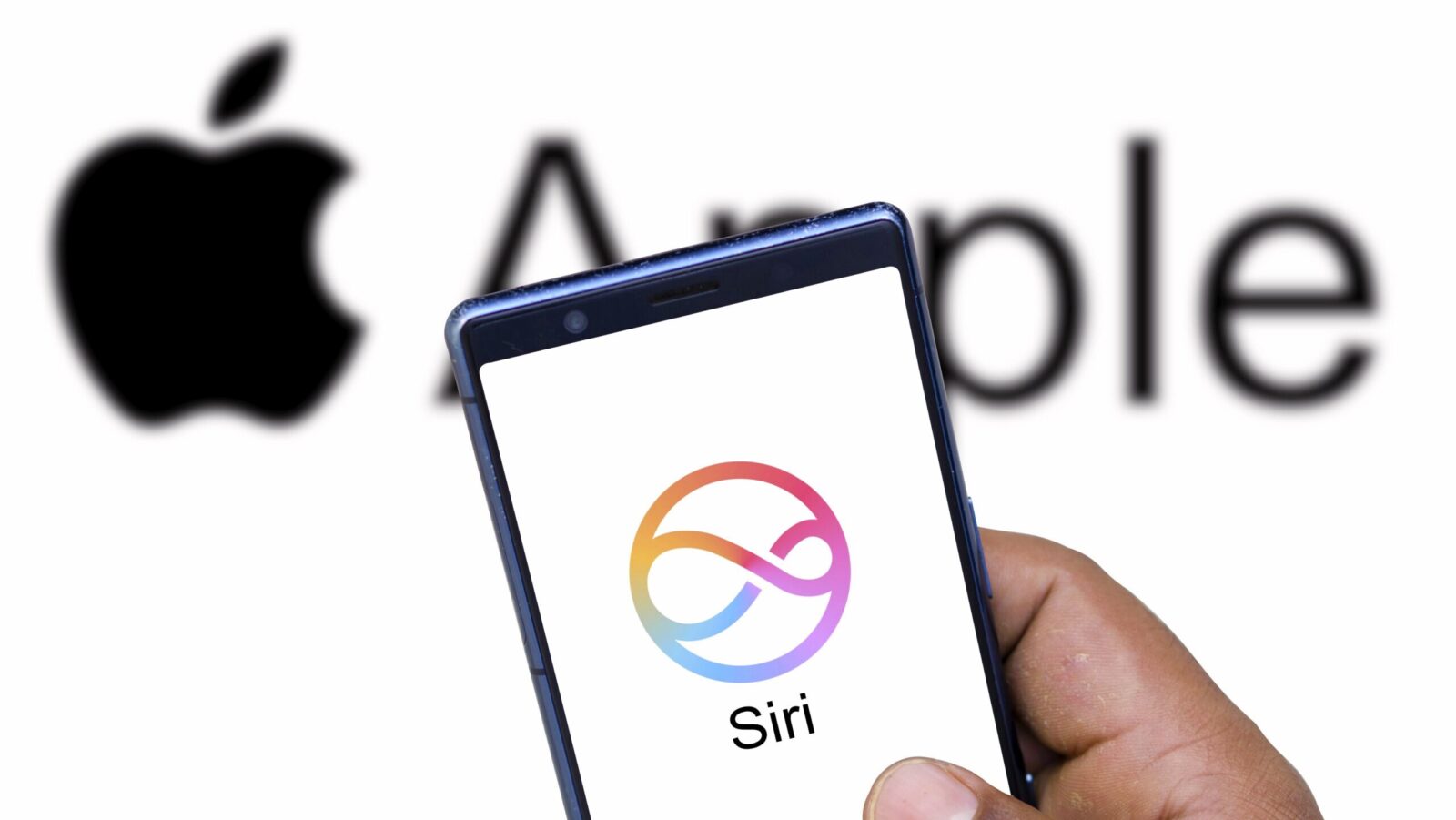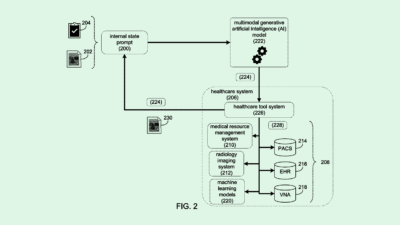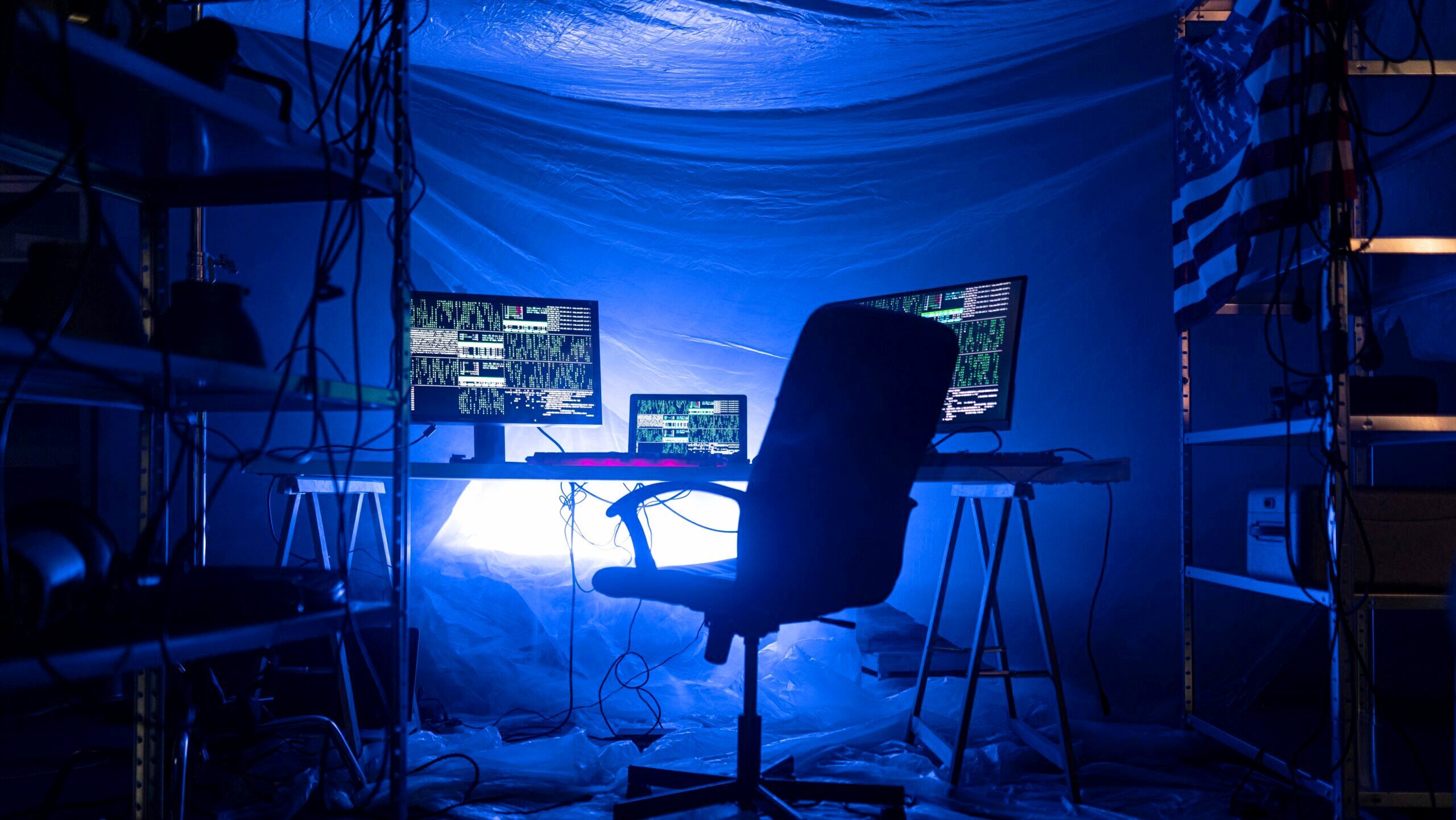
Sign up for smart news, insights, and analysis on the biggest financial stories of the day.
Imagine all the hacking power of AI, but backed by human intelligence. That’s the threat of the bionic hacker.
Some 70% of hackers are now using AI tools to “accelerate reconnaissance, triage vulnerabilities, detect patterns and probe complex systems faster than ever,” according to Naz Bodemir, lead product researcher at HackerOne.
As AI adoption accelerates across global industries, the danger for enterprises is clear: “Attackers are exploiting AI-enabled systems faster than traditional defenses can adapt, leaving critical industries exposed,” Bodemir said.
Chain of Tools
That’s a huge change from even five years ago, when cyberattacks mostly entailed rule-based automation and manual exploitation. Today, there’s a whole new class of risks: Agentic AI systems and hackbots are able to chain tools together, adapt and act autonomously. Reports of prompt-injection attacks increased 540% in 2025, and sensitive information disclosures more than doubled, up 152% year-over-year.
“AI has turned cybersecurity into a game of speed and adaptation,” Bodemir said. HackerOne’s research shows that AI-related vulnerability reports increased by 210% over the past year, and the payouts for those findings rose by 339%. Weaknesses are being found faster than ever.
Bionic hackers are relying on AI to power several different attack methods, Bodemir said:
- They employ the usual approaches, of course: prompt injection, model manipulation and data poisoning at machine speed.
- They are also deploying AI to enhance their phishing emails, generate deepfake content and craft identities that can bypass an enterprise’s fraud controls.
In 2025, $81 million in bounties was paid. At the same time, companies avoided $2.9B in breach losses.
While bionic hackers are benefiting from using better AI to break in, enterprises can benefit by turning the same tech to their own advantage.
Deploying AI agents, which offer efficiency and speed at scale, can help enterprises boost their cybersecurity measures by allowing personnel to concentrate on complex, high-impact risks. Bodemir said enterprises that embrace the concept of a bionic hacker can benefit from leveraging the human-AI combo themselves.
“Attackers are using AI to move faster and smarter, while defenders are racing to harness the same tools,” said Bodemir. “The contest ahead isn’t humans versus machines, but which side can combine them more effectively.”

